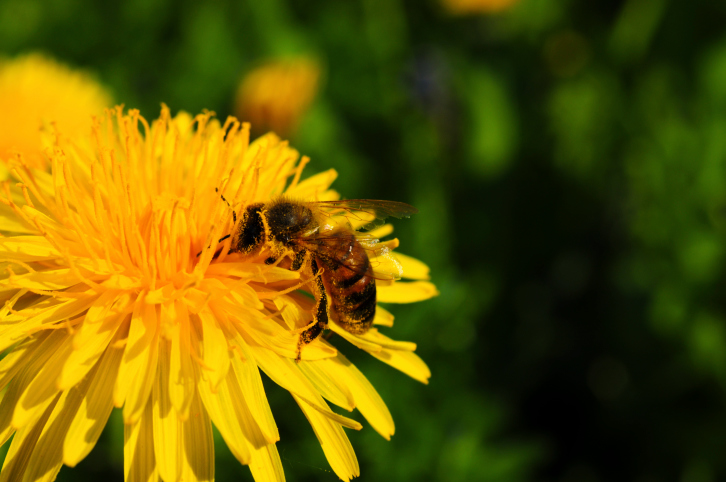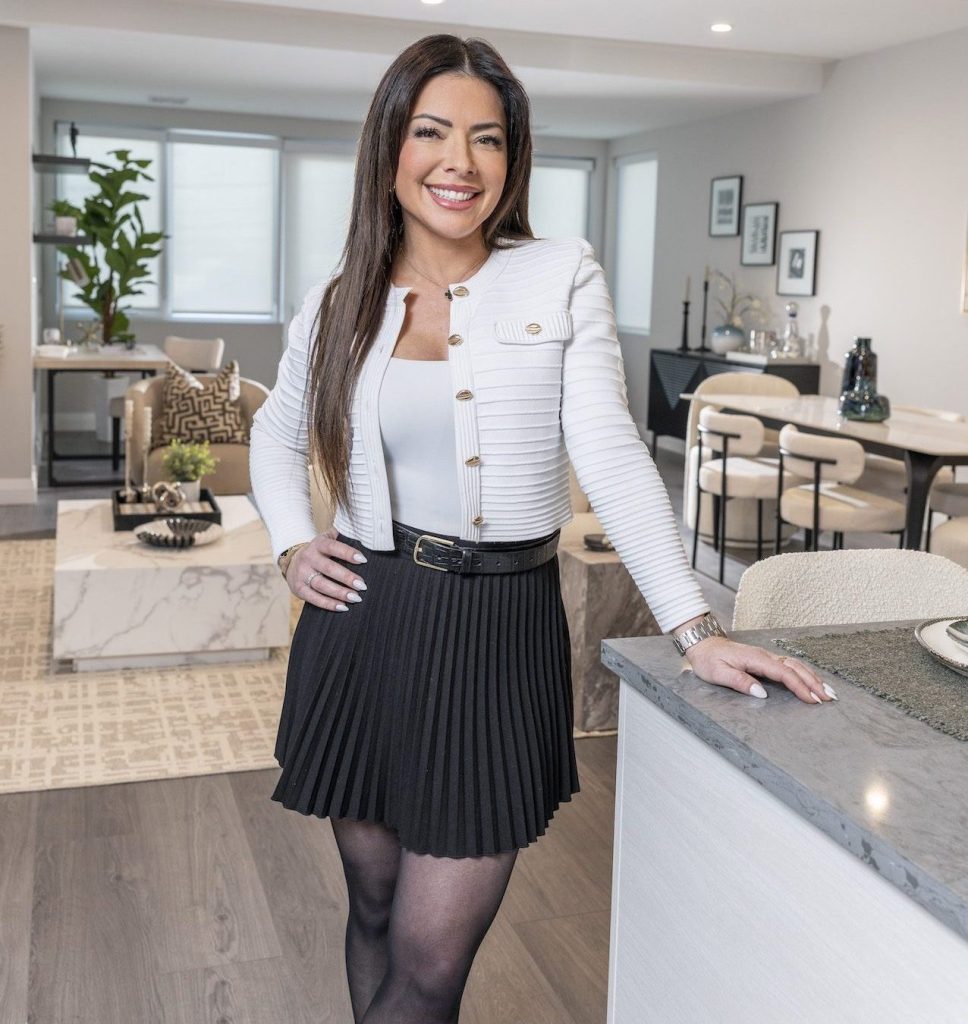View from the Garden: Interplanting Flowers for Gardening Success

Now that I have seeds for the vegetable gardens, I’m beginning to think of flowers to interplant. The most important reason to plant flowers with vegetables is to attract beneficial insects and pollinators. The more flowers, the better for bees and butterflies, and the more bees and butterflies, the better for the gardener! Bees and butterflies are both in danger, so it behooves us to provide them with nourishment wherever possible.
I have always planted marigolds with tomatoes and beans and tucked more in between squash bushes. They repel bean beetles, tomato hornworms, (oh, how I hate them!) and squash bugs. Use the short ones, in fact, the shortest possible. I also really like the fragrance of marigolds! I have also always planted nasturtiums. They are edible—flowers and leaves—and depending on the variety, can be short and bushy to vines. You don’t want the wrong size in the wrong place, as they are vigorous plants. I plant nasturtium seeds but marigold plants.
There are vines I like to plant. There’s always room for a tee-pee if needed. Morning glories and sweet peas just need to be in a vegetable garden. Both can be planted as seeds. Be sure to plant according to directions. Sweet peas are cool weather plants and their fragrance seems to herald summer.
Caobea scandens, cup and saucer vine, is just as extraordinary as any catalogue picture. They bloom later in the season and are a unique addition to the garden. In a couple of gardens last year, I planted thunbergia, black-eyed-Susan vine, and mina lobata,Spanish flag. They added welcome splashes of bright color to fences.
These are my “standards.” Other flowers can be added for cutting or just for “looking at.” I add cutting flowers at the request of my clients, but for the benefit of the garden I like to add: sunflowers, cosmos, snapdragons, zinnias, calendula and tall marigolds. Bread poppies can be grown from seed and, while I would not grow them for a crop of bread seeds, the plants and flowers are beautiful. They are especially nice planted with blue scabiosa.
Bees love lavender flowers which are edible and smell wonderful. There’s always room for a plant somewhere. Lavender plants can be very large, so plant one sized for the spot. Bees also like calmintha. Both have fragrant foliage and are good planted together. Herbs are not usually grown for their flowers, but the lovely blooms of grey sage do not affect its usefulness.
If possible, somewhere on the side of the garden, I like to see nicotiana sylvestris and hollyhocks. I love the tall, rangy nicotina with its drooping white flowers and it self-seeds! Biannual hollyhocks disappoint me, so I use alcea ficifolia instead, which is a perennial, and it also self-seeds.
I also like to add pots of flowers to the garden. Since tropical plants need to be in pots in my gardens, I might use some as a touch of the exotic among vegetables.
I want my vegetable garden to be productive and beautiful. I’m as careful and deliberate when p lanning and planting a vegetable garden as when I’m preparing a flower garden. I want the vegetables to be luxuriant and the garden as a whole to be exuberant.
I recently received a catalogue from The New York Botanical Garden for classes, lectures and symposia. It’s also possible, with a prescribed course of study, to earn a certificate in a number of plant-related fields, including botanical illustration, gardening, botany, floral design, horticulture landscape design horticultural therapy, nature writing and photography. There’s a lecture series on woman landscape design pioneers. For anyone who can make the time, this place is an extensive resource for all things plant. If only it was on the East End of Long Island.
For more info, visit jeanellemyersfinegardening.com.



